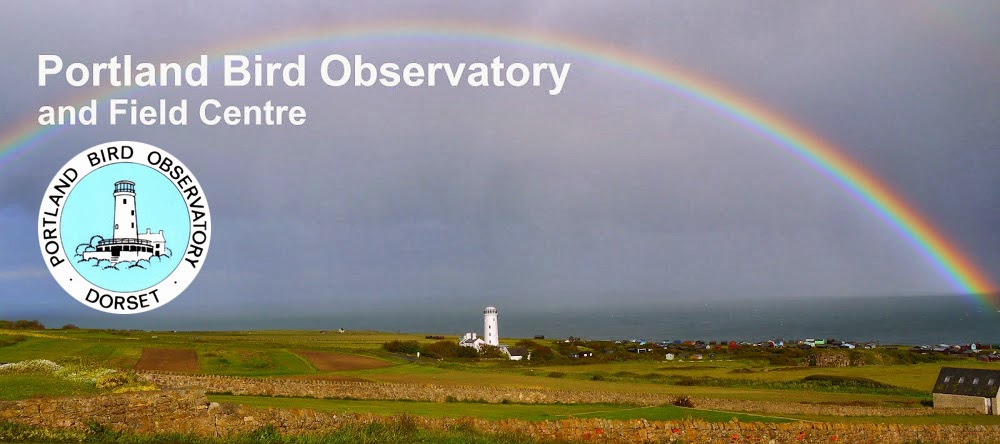Ever since we'd first seen photographs of it many years ago in Barry Goater's original pyralid guide, Scarce Striped Grass-veneer Ancylolomia tentaculella was a species that had captured our imagination and our desire to catch one for ourselves. That opportunity first arose last year when on family (=mothing!) holiday in northern France we were surprised to discover it's actually quite a common moth barely more than 100 miles south of Portland; however, with only half-a-dozen British records - and most of those in far south-east England - we didn't get carried away with thinking we might ever see one here. All that's changed in the last week when not only has there been a remarkable influx into Kent and Sussex but the first for Dorset also made it to Paul Harris' fantastic migrant-interception garden at Weymouth. Our capture this morning suddenly doesn't seem such as surprise but rest assured it was still a really exciting little event for us!
The last week has been really good for moth immigration with a nice array of other highlights from around the island. The best were our third Beautiful Marbled...
...and fourth and fifth Dark Crimson Underwings:
Our best ever arrival of Scarce Oak Knot-horns Acrobasis tumidana has also been of note:
Among the other noteworthy captures have been three Channel Islands Pugs; although established in places along the South Coast we suspect ours both this year and in the past are still primary immigrants rather than colonists of our tamarisk trees:
Lots of nice moth-trapping weather has also resulted in captures of plenty of local specials that are always good to see; Marjoram Crest Acompsia schmidtiellus is a very rare resident in Dorset that crops up from time to time in our Grove traps...
...whilst in Dorset the Wormwood is rarely seen away from Portland and is a relatively frequent visitor to moth-traps around the top of the island. All moth photos © Martin Cade:




















































